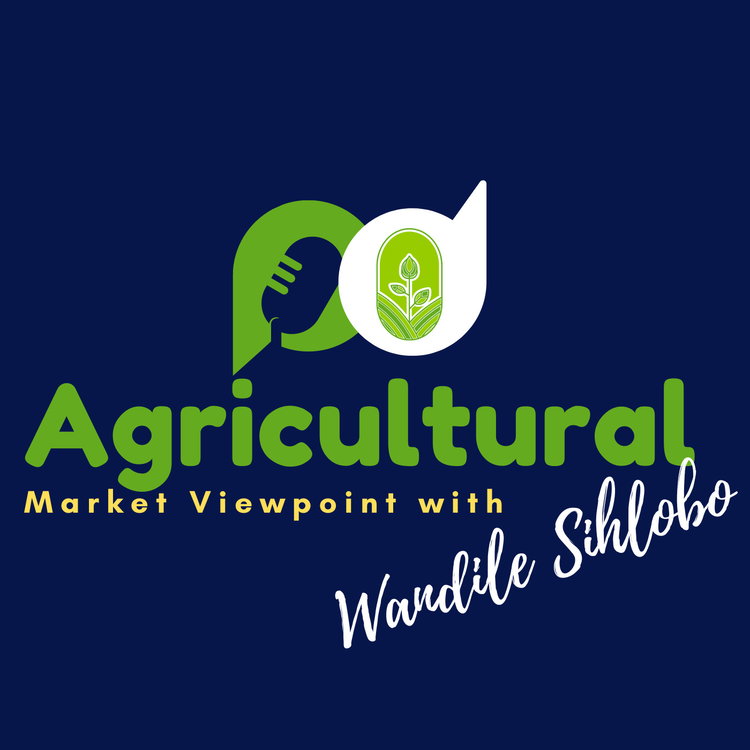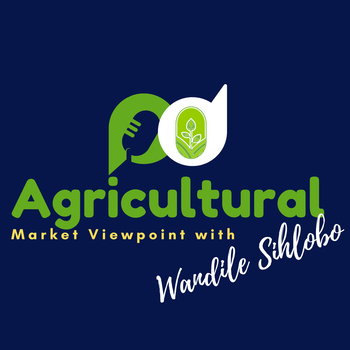
South Africa’s agricultural economic performance in the first half of 2024 is mixed
Loading player...
I view South Africa’s agricultural economic performance in the first half of 2024 as mixed. One can broadly categorise our farming economy into three subsectors: horticulture, livestock and field crops.
Horticulture — fruits and vegetables — had a reasonably positive start to the year, benefiting from improved dam levels for irrigation and a stable electricity supply. All of South Africa’s fruit and vegetables are under irrigation.
The livestock industry is recovering after an intense period of animal diseases (although there remain cases of foot-and-mouth disease in some regions of the country). The better grazing veld due to early rains in the season and late rains in April have helped somewhat. The poultry industry is also recovering following an intense avian influenza spread at the end of 2023.
Meanwhile, the field crops have suffered from the midsummer drought. For example, South Africa’s 2023/24 summer grains and oilseed harvest is estimated at 16.0 million tonnes, down by 20% year on year.
Considering the developments in these subsectors, it is unsurprising that South Africa’s agricultural gross value grew by 13.5% quarter on quarter (seasonally adjusted) in the first quarter of 2024. Indeed, the base effects also contributed to the robust performance as South Africa’s farming economy contracted in 2023. The trade figures were also strong in the first quarter, a signal for a better harvest of fruits and improvements in port performance.
Still, we worry that the poor harvest of summer grains and oilseed may suppress the figures for the third-quarter performance in the sector. Perhaps the slowdown may even show in the second-quarter figures when they become available.
Farming jobs
Also worth noting is that employment in primary agriculture remained robust, increasing by 6% year on year to 941,000 in the first quarter of 2024. This is also up, by 2%, from the last quarter of 2023.
Admittedly, the significant drought damage has been concentrated on the summer grains and oilseed regions, not across all agricultural subsectors, which somewhat explains the resilience in job data. Moreover, there could also be a lag in fully accounting for agriculture’s financial pressures and the impact on employment after that.
Quite remarkably, the sentiment in the sector paints a contrasting picture of these economic realities. For example, the Agbiz/IDC Agribusiness Confidence Index remained depressed in the second quarter of 2024, reaching 38 points from 40 in the previous quarter. This is the lowest level since Q3 2009, which was the global financial crisis, and implies that agribusinesses remain downbeat about business conditions in the country.
Reviewing the survey respondents’ comments, we found that the midsummer El Niño-induced drought’s impact on summer grains and oilseed production was one of the major factors that weighed on the sentiment. The drought coincided with the long-standing challenges of inadequate road infrastructure and municipal service delivery.
The lingering animal disease challenges and heightened geopolitical tensions are also the primary concerns for the sector. Moreover, while the farming community recognises the improvements in Transnet’s operations, they highlight the need for continuous work to address the inefficiencies of the ports and rail network.
The uncertainty about the formation of the government at the time of the survey may have added to the downbeat mood among the agribusinesses. This survey was conducted between 10 and 19 June, covering businesses operating in all agricultural subsectors across South Africa.
The path ahead
Looking ahead, we remain optimistic about South Africa’s agricultural conditions. The weather forecasters tell us that we have exited the El Niño drought period and are transitioning into a La Niña event, which typically brings rain. Such a weather outlook would boost agricultural production and performance in the sector.
Listen to the podcast for more information.
Horticulture — fruits and vegetables — had a reasonably positive start to the year, benefiting from improved dam levels for irrigation and a stable electricity supply. All of South Africa’s fruit and vegetables are under irrigation.
The livestock industry is recovering after an intense period of animal diseases (although there remain cases of foot-and-mouth disease in some regions of the country). The better grazing veld due to early rains in the season and late rains in April have helped somewhat. The poultry industry is also recovering following an intense avian influenza spread at the end of 2023.
Meanwhile, the field crops have suffered from the midsummer drought. For example, South Africa’s 2023/24 summer grains and oilseed harvest is estimated at 16.0 million tonnes, down by 20% year on year.
Considering the developments in these subsectors, it is unsurprising that South Africa’s agricultural gross value grew by 13.5% quarter on quarter (seasonally adjusted) in the first quarter of 2024. Indeed, the base effects also contributed to the robust performance as South Africa’s farming economy contracted in 2023. The trade figures were also strong in the first quarter, a signal for a better harvest of fruits and improvements in port performance.
Still, we worry that the poor harvest of summer grains and oilseed may suppress the figures for the third-quarter performance in the sector. Perhaps the slowdown may even show in the second-quarter figures when they become available.
Farming jobs
Also worth noting is that employment in primary agriculture remained robust, increasing by 6% year on year to 941,000 in the first quarter of 2024. This is also up, by 2%, from the last quarter of 2023.
Admittedly, the significant drought damage has been concentrated on the summer grains and oilseed regions, not across all agricultural subsectors, which somewhat explains the resilience in job data. Moreover, there could also be a lag in fully accounting for agriculture’s financial pressures and the impact on employment after that.
Quite remarkably, the sentiment in the sector paints a contrasting picture of these economic realities. For example, the Agbiz/IDC Agribusiness Confidence Index remained depressed in the second quarter of 2024, reaching 38 points from 40 in the previous quarter. This is the lowest level since Q3 2009, which was the global financial crisis, and implies that agribusinesses remain downbeat about business conditions in the country.
Reviewing the survey respondents’ comments, we found that the midsummer El Niño-induced drought’s impact on summer grains and oilseed production was one of the major factors that weighed on the sentiment. The drought coincided with the long-standing challenges of inadequate road infrastructure and municipal service delivery.
The lingering animal disease challenges and heightened geopolitical tensions are also the primary concerns for the sector. Moreover, while the farming community recognises the improvements in Transnet’s operations, they highlight the need for continuous work to address the inefficiencies of the ports and rail network.
The uncertainty about the formation of the government at the time of the survey may have added to the downbeat mood among the agribusinesses. This survey was conducted between 10 and 19 June, covering businesses operating in all agricultural subsectors across South Africa.
The path ahead
Looking ahead, we remain optimistic about South Africa’s agricultural conditions. The weather forecasters tell us that we have exited the El Niño drought period and are transitioning into a La Niña event, which typically brings rain. Such a weather outlook would boost agricultural production and performance in the sector.
Listen to the podcast for more information.

